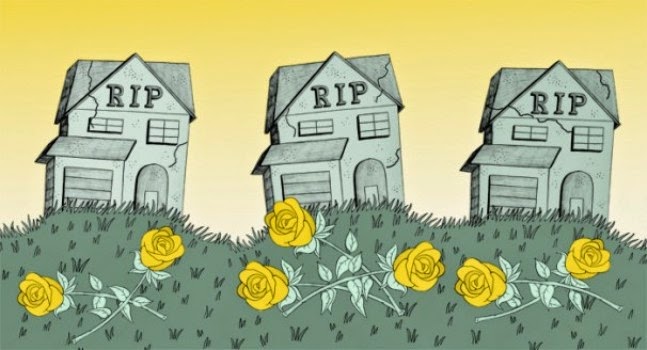Here’s a report from a place called “City Observatory,” which probably means they’re fairly pro-city. So, take it with a grain of salt. But check this out: 
“Periphery” means, essentially, “suburbs.” From 2002-2007 (pre-crash), they grew at 1.2 percent in terms of job growth; city centers were at 0.1%. 2007-2011? 0.5% for city centers, and -0.1% for suburbs. Hardly huge numbers we’re dealing with here, but …
- The New York Times is on this trend too.
- We already know that millennials seem to want “urban-core living” more than their parents and grandparents.
- That could shift the entire notion of the U.S. real estate market.
- It could also make soccer more popular in the United States (er, theoretically).
- Rather than sticking your company in some office park suburb where you maybe get some tax breaks, the way to attract “next-gen talent” (wow, that sounded extremely douchebag-y) is to offer the opportunity to live in a cool area.
- There’s no shortage of data points around cities these days, both in terms of “best for jobs in the U.S.” and “world’s most sustainable.” That’s because there’s this underlying idea that 70 percent of the world’s population might live in cities by 2050-2060.
The interesting part of all this, whether or not you think the demise of the suburbs is incorrect, is that (at least in America) much of our economic engines were built on that development and people moving to the suburbs and subsequent home construction and businesses, etc. So what happens if, now, everyone rushes to the cities? There’s less space there, so do we just start gentrifying every square inch we can find? And then what the deuce do we do with all the parking spots in cities?
Times change, Mox.
